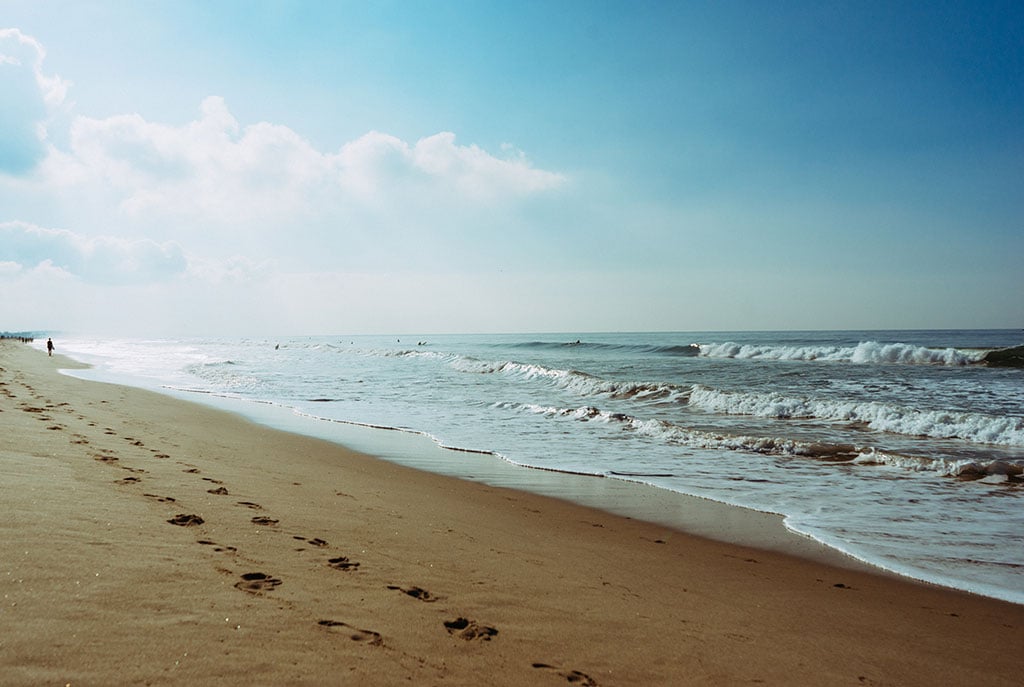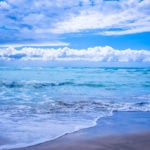Most coastal zones around our planet experience two high tides each day. Since the moon takes 24 hours and 50 minutes to complete a full lap around the Earth, it only stands directly above a given location once per day. At that moment, this particular location will experience a high tide. However, due to the effect of the centrifugal force on the ocean by the Earth’s orbit, this same area will experience a second high tide once it is positioned directly opposite to the moon. Hence, the water will bulge away from the Earth’s surface, as if continuing its straight line course.
Surfers, fishermen, divers, sunbathers, swimmers, and beachgoers all have witnessed the up and down movement of the sea in relation to the land – an event commonly known as tides. Many have also realized that, in most coastal locations around our planet, the waters tend to reach their maximum level twice per day, in a periodic cycle. Still, despite comprehending that the tidal phenomena are associated with the moon (among other things), not everyone can fully grasp the reasons why there are two high tides each day.
In order to understand such process, it’s necessary to consider that the Earth’s gravitational force attracts that of the moon, and as a consequence, they end up in orbit around each other. Due to our planet’s much larger mass, the center of their orbit happens to be closer to the Earth – about three-quarters of the distance from core to crust. With all that pulling and spinning around each other, the Earth’s layer of water distorts, causing whatever area that faces the moon to bulge towards it. But unlike any other kind of wave, this vast, shallow water pulse is never free from the forces that originate it, acting in an unusual yet predictable way. Hence, the interval in which the tides rise and fall at a specific point on Earth is related to the constancy with which the moon “pulls” the waters on that given location.
Our planet spins around its axis every 24 hours, which means that also once per day, a given coastal area will be under the moon, thus experiencing its gravitational force more intensely, responding to a stronger pull, and producing a high tide. As the moon takes 24 hours and 50 minutes to complete a lap around the Earth, this very same location will experience a low tide 6 hours and 12 minutes later, when the moon is the furthest away from it. This area will then be flooded by one more high tide, 12 hours and 25 minutes after the previous one. The second high tide is an effect of the centrifugal force on the ocean – generated by the Earth’s orbit around the centre of gravity between it and the moon – where the water tries to continue its course, consequently moving away from the Earth and also forming a bulge on the opposite side.

Ryan is the founder of Tideschart.com. Originally from New Zealand, Ryan has traveled to more than 20 countries and has combined more than 10 years of development experience with his passion for the ocean.






